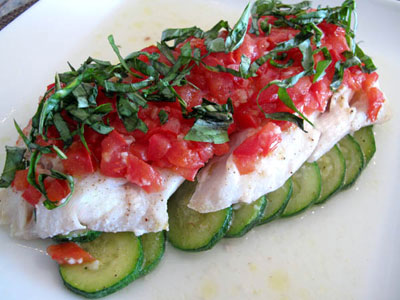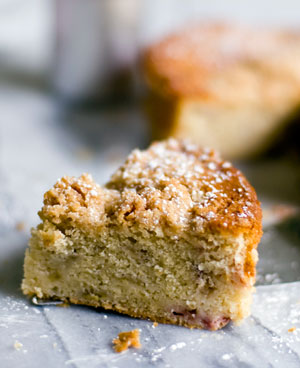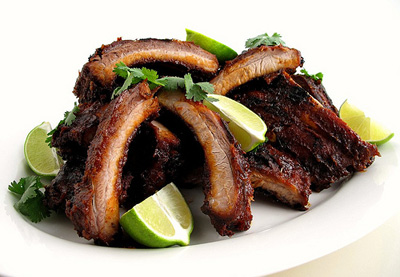 I make soup every Sunday. Along with my pre-made grains, a legume, some roasted chicken(or sauteed sausages), cleaned and prepped veggies, soup is always simmering on Sunday mornings. I meal plan. Shopping lists are written on Fridays, shopping is done on Saturday, thus the organization begins. Simply, it makes weeknight meals easier, quicker, and nutritious.
I make soup every Sunday. Along with my pre-made grains, a legume, some roasted chicken(or sauteed sausages), cleaned and prepped veggies, soup is always simmering on Sunday mornings. I meal plan. Shopping lists are written on Fridays, shopping is done on Saturday, thus the organization begins. Simply, it makes weeknight meals easier, quicker, and nutritious.
Soups are the best way to use up those veggies that get somewhat neglected or pushed aside in your vegetable drawer. Soup is one of those versatile meals, served with a salad one has the perfect meal. Barley soup is made with homemade chicken stock,prosciutto, leeks, potatoes, carrots, and celery. Before serving, I add some sauteed chicken sausage and chopped chard. Lentil soup is a staple and corn chowder is household favorite.
But, it’s my tortilla soup that is number one on the soup list. This soup was conceived over 20 years ago while spending weekends on a friends estate in Jackson Hole, Wyoming. In the winter months, I would occasionally ski, but it was nesting in their cozy home that I embraced most. Summers were spent on the lake, hiking, horseback riding, and eating; lots and lots of eating. It was one of those lazy days, reading and napping. Dinner was approaching so I accessed the provisions. Onions, garlic, tomatoes, chicken, stock, spices, tortillas, and an avocado. I started chopping, roasting, mincing and my tortilla soup was born.

 If man could only have one pan, it would probably have to be an iron skillet. You can fry, bake, sear and roast with these workhorses of the kitchen. Baking, as in cornbread, is most often thought of when using these pans for non-frying purposes, but there is a class of cakes that take the cake when it comes to iron skillet cooking, and the Pineapple Upside Down Cake is one of them.
If man could only have one pan, it would probably have to be an iron skillet. You can fry, bake, sear and roast with these workhorses of the kitchen. Baking, as in cornbread, is most often thought of when using these pans for non-frying purposes, but there is a class of cakes that take the cake when it comes to iron skillet cooking, and the Pineapple Upside Down Cake is one of them. Traditionally this fish would be cooked in parchment paper, and opened at the table (See NY Times article: "
Traditionally this fish would be cooked in parchment paper, and opened at the table (See NY Times article: " It’s rhubarb season. I took me a while but I have discovered rhubarb. And what I have discovered is that I like them. I like them in a crisp, in a buckle, in a muffin, stewed with other fruit, and in a pie. The word rhubarb was a turn off for me. I don’t know why. I just had a visceral aversion to it.
It’s rhubarb season. I took me a while but I have discovered rhubarb. And what I have discovered is that I like them. I like them in a crisp, in a buckle, in a muffin, stewed with other fruit, and in a pie. The word rhubarb was a turn off for me. I don’t know why. I just had a visceral aversion to it. Ribs are undoubtedly a cornerstone of American summer barbecues, especially in the South where it's practically an art form. Die-hard 'cue masters will argue there's a difference between barbecue and grilling. And there is: Barbecue is a low and slow process of cooking meat in a smoky humid environment.
Ribs are undoubtedly a cornerstone of American summer barbecues, especially in the South where it's practically an art form. Die-hard 'cue masters will argue there's a difference between barbecue and grilling. And there is: Barbecue is a low and slow process of cooking meat in a smoky humid environment.
